The Festivum Cichlid, scientifically known as Mesonauta festivus, is a popular freshwater fish species that belongs to the Cichlidae family. It is also known by other common names such as Flag Cichlid, Festive Cichlid, and Barred Cichlid. This species is native to South America and can be found in various water bodies such as rivers, streams, and ponds.
Appearance:
The Festivum Cichlid is a relatively large fish, with an elongated body that can grow up to 8 inches in length. The body is generally silver or light brown in color with horizontal black bars running along the length of the body. The dorsal fin is elongated and has a pointed tip, while the anal fin is more rounded. The tail fin is slightly forked, and the pectoral and pelvic fins are clear or white.
Behavior:
Festivum Cichlids are known to be peaceful and relatively easy to keep in aquariums. They are social fish and should be kept in groups of six or more, especially if they are the only cichlid species in the aquarium. These fish prefer to swim in open spaces, but they also enjoy having hiding spots in the aquarium, such as caves or plants. It is important to note that Festivum Cichlids can be aggressive during breeding periods, so it is essential to provide ample space for each fish.
Habitat:
In the wild, Festivum Cichlids are found in slow-moving rivers, streams, and ponds in South America. They prefer to inhabit areas with dense vegetation and submerged roots, which provide ample hiding spaces. These fish are also known to thrive in slightly acidic water with a pH range of 6.0 to 7.5 and a water hardness of 5-12 dGH. In captivity, it is essential to replicate these conditions to ensure the fish remain healthy and thrive.
Diet:
In the wild, Festivum Cichlids feed on a variety of foods such as insects, small crustaceans, and plant matter. In captivity, they are omnivores and will eat a variety of foods such as flakes, pellets, and frozen foods. It is essential to provide a varied diet to ensure the fish receive all the necessary nutrients. Supplementing their diet with live or frozen foods such as brine shrimp or bloodworms can also provide essential protein.
Breeding:
Festivum Cichlids are relatively easy to breed in captivity, and they will often pair up and form a monogamous bond. The pair will select a flat surface such as a rock or a plant leaf to lay their eggs. The female will lay a few hundred eggs, which the male will fertilize and guard against predators. The eggs will hatch in about two to three days, and the fry will be free-swimming after a week. It is important to provide ample hiding spots for the fry as they can be cannibalistic towards each other.
Conclusion:
The Festivum Cichlid is an attractive and peaceful fish that is suitable for a community aquarium. They are relatively easy to care for and can adapt to a variety of water conditions. With proper care, they can live up to 8 years in captivity. As with any fish species, it is important to research and understand their requirements before bringing them into an aquarium.
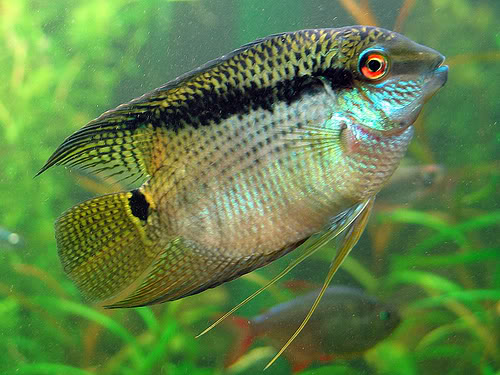

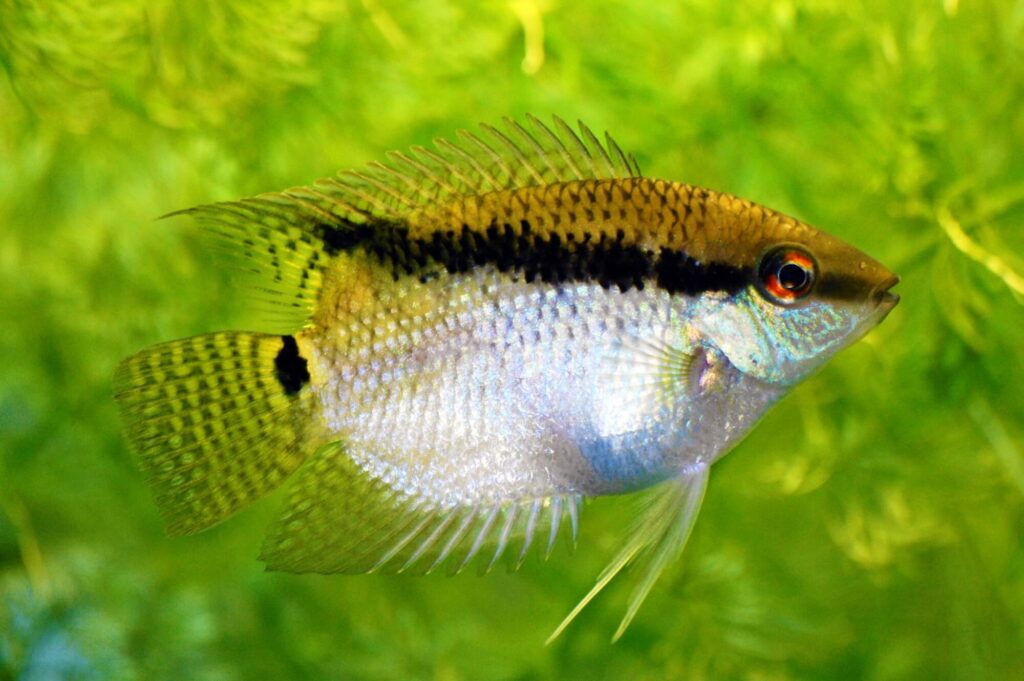
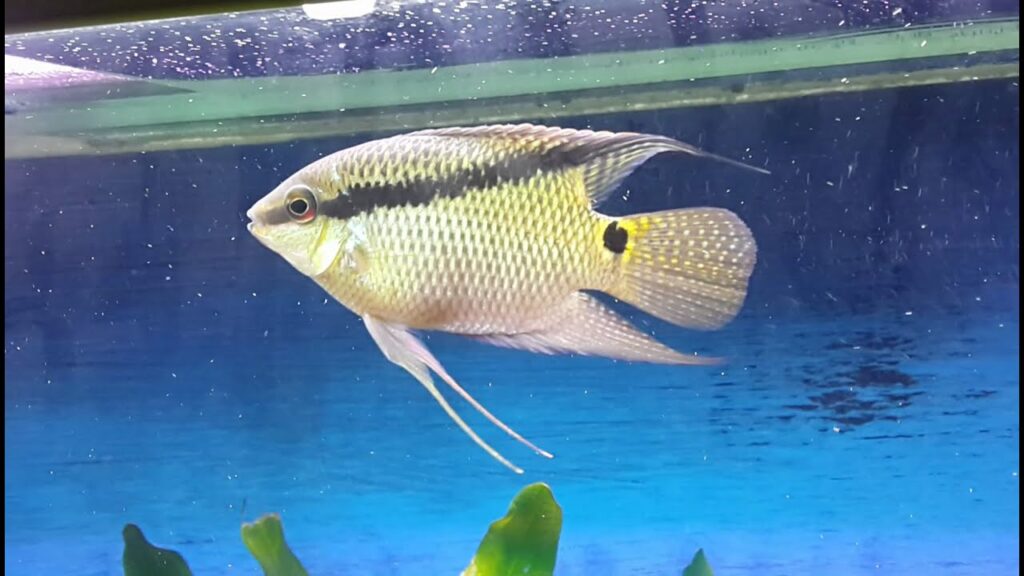
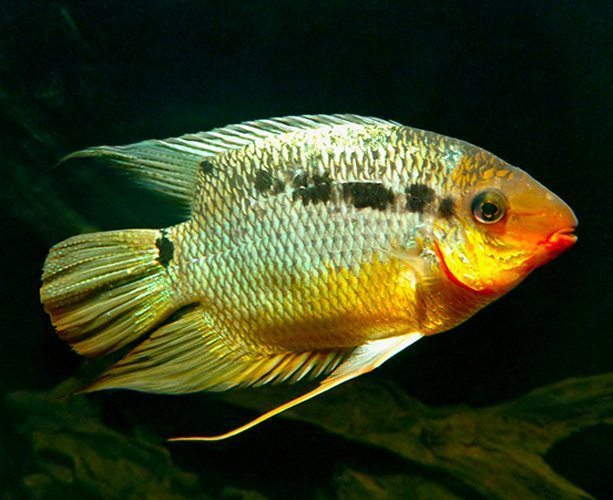
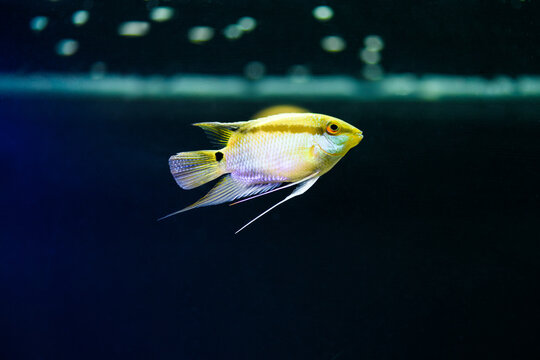

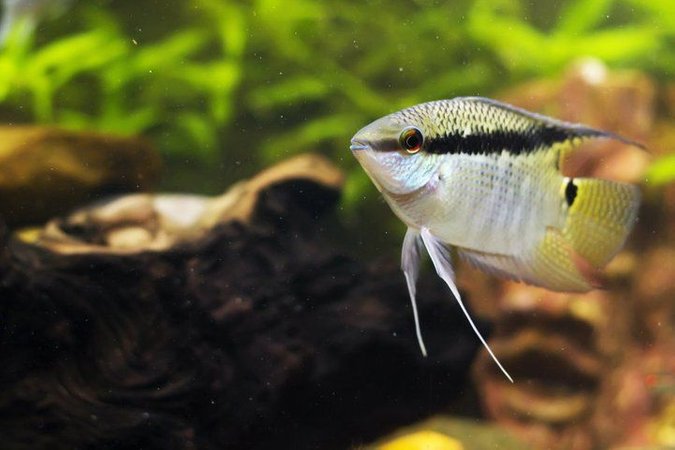
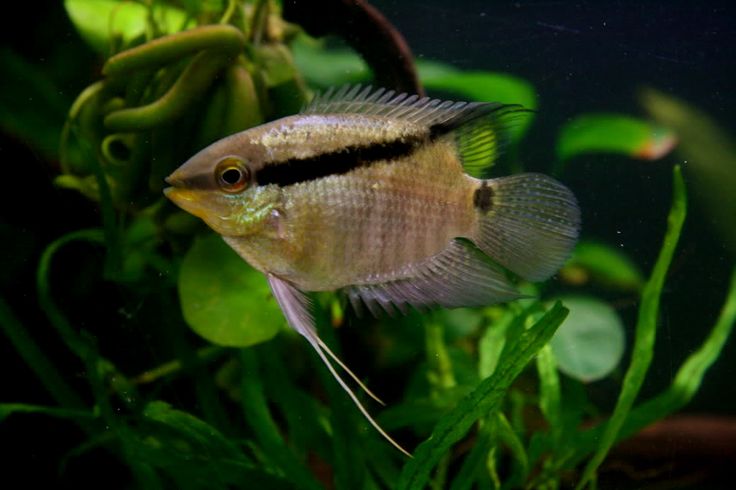

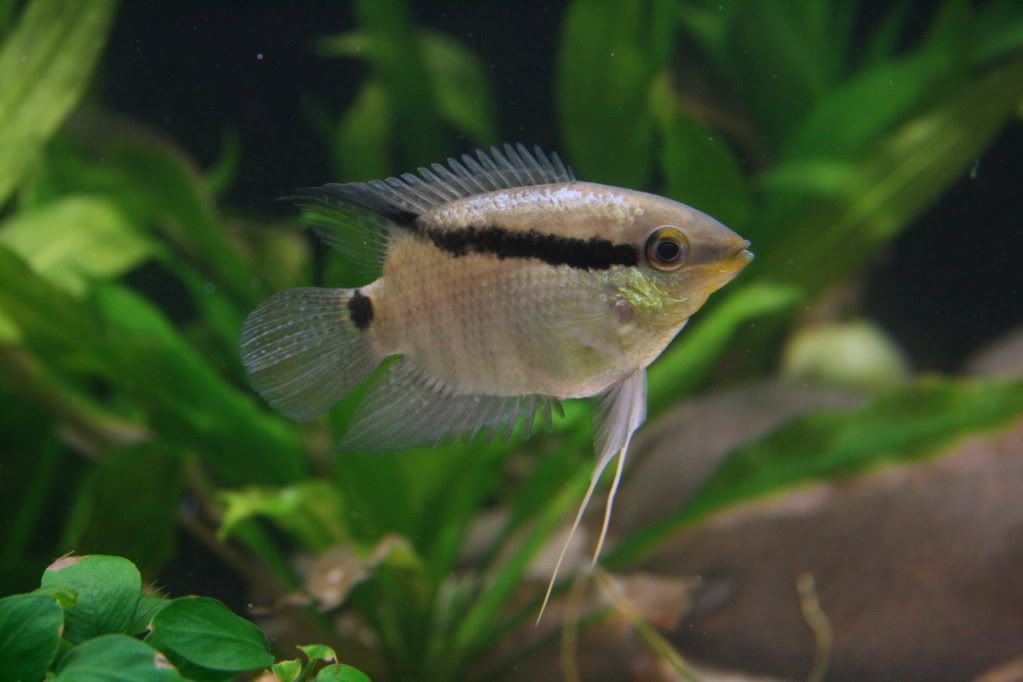
![]()
